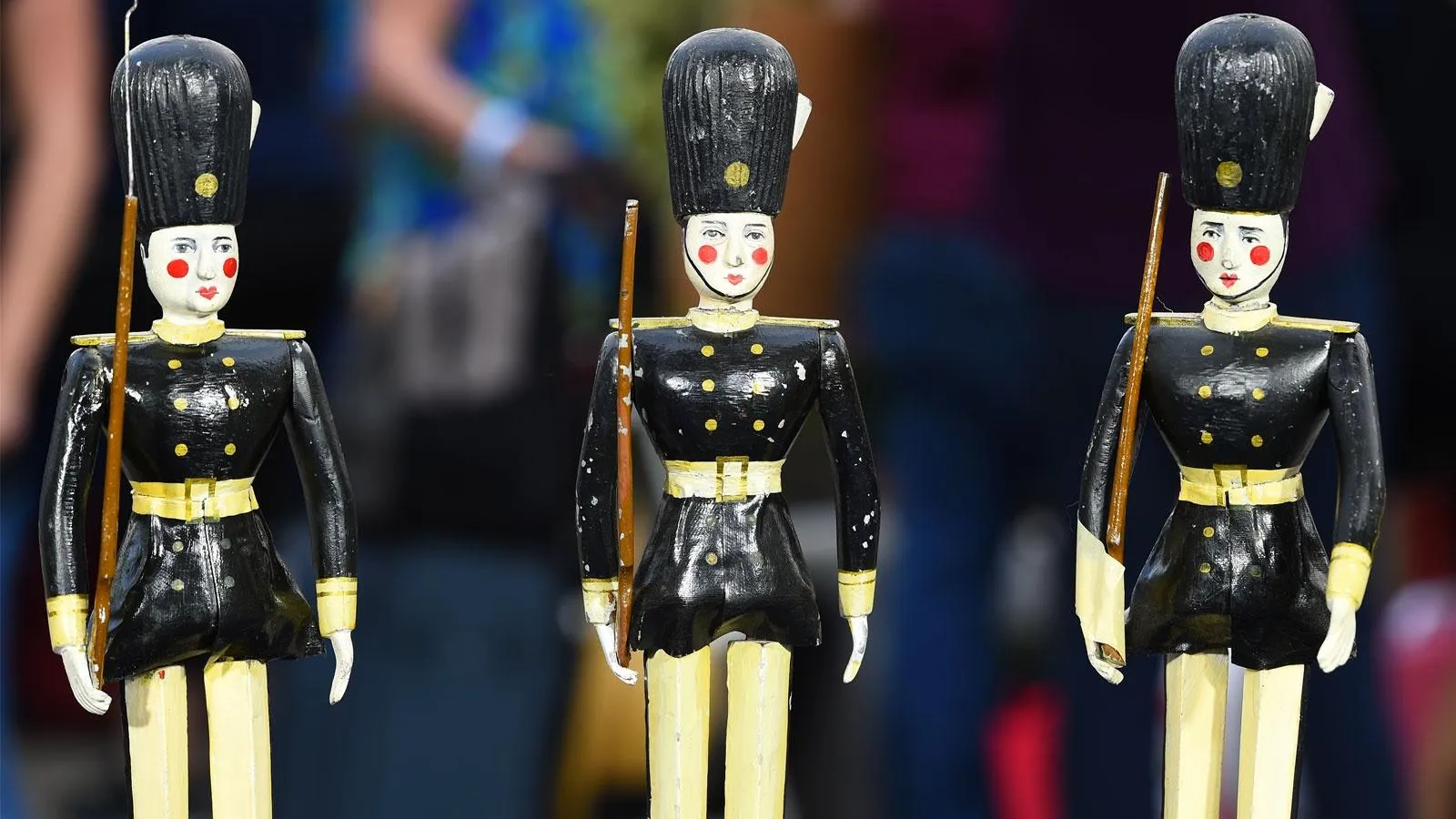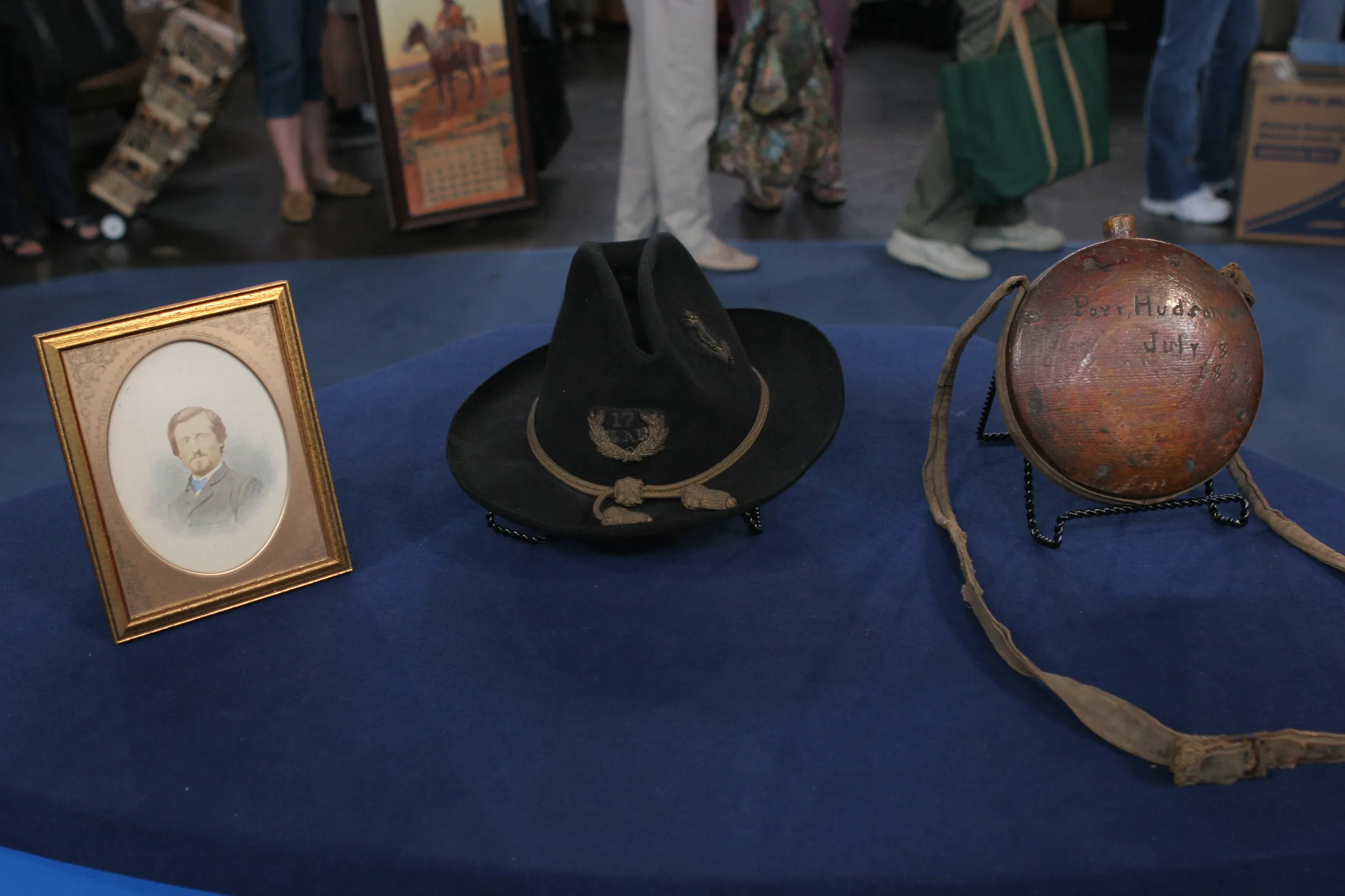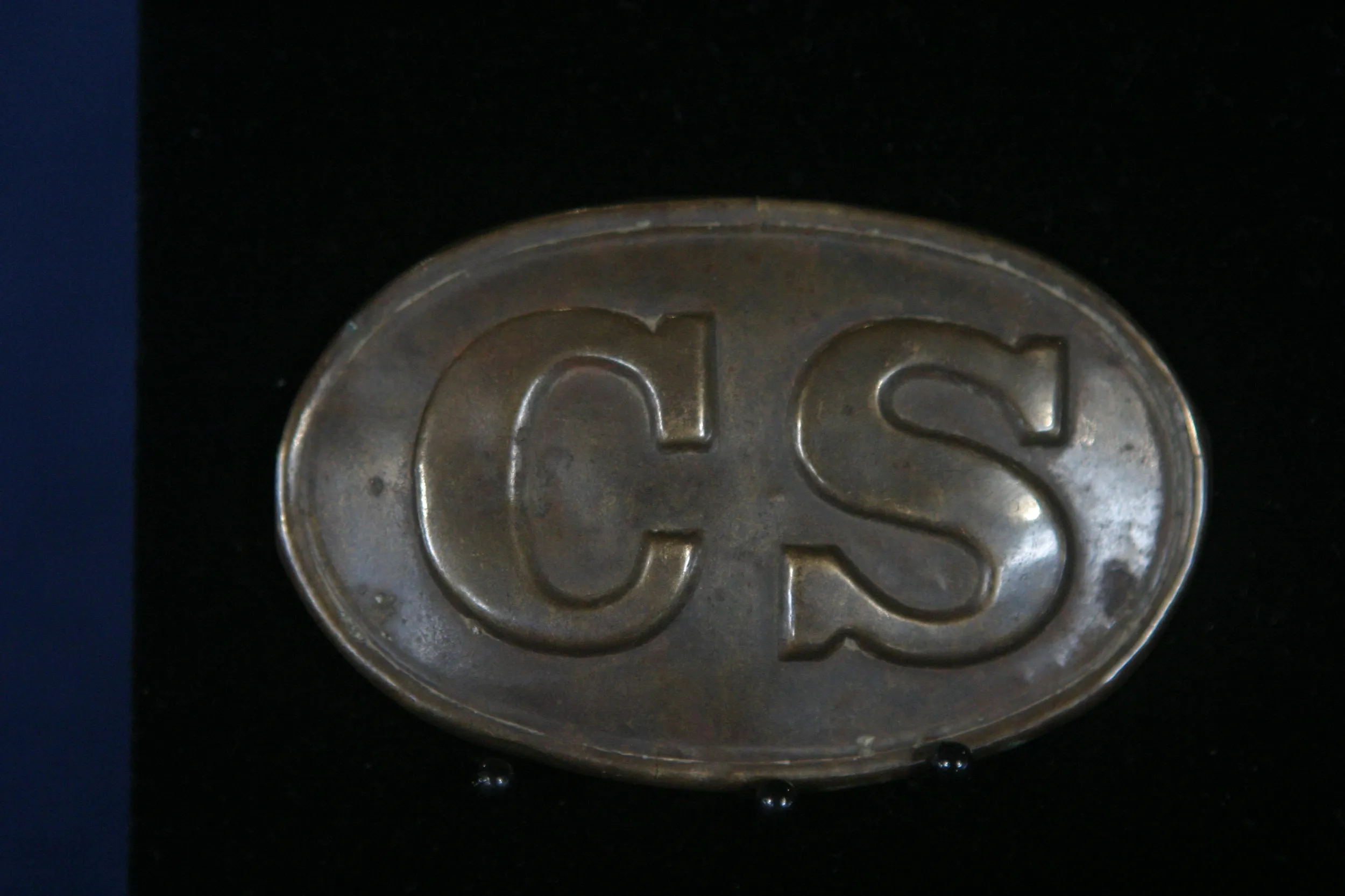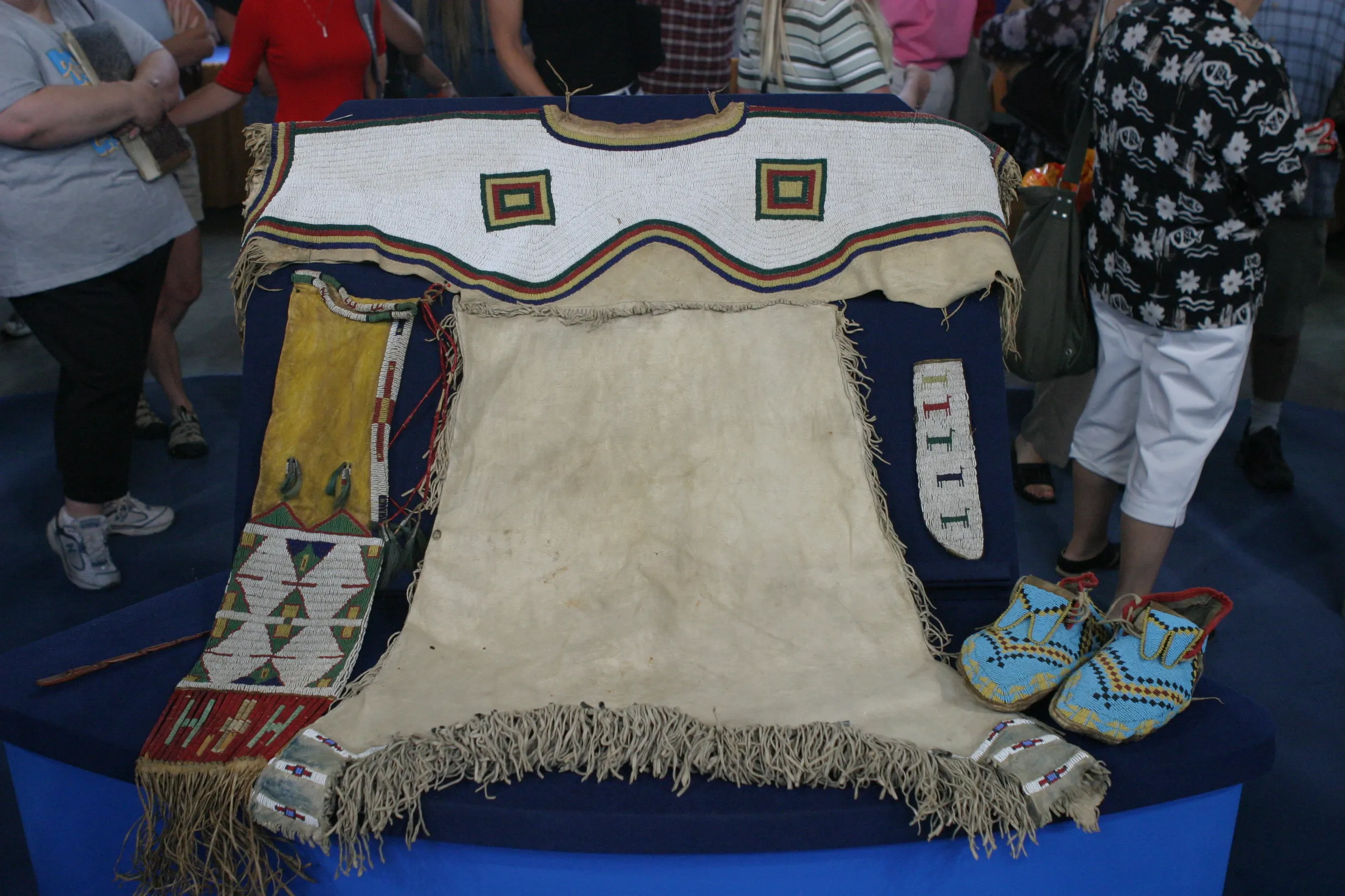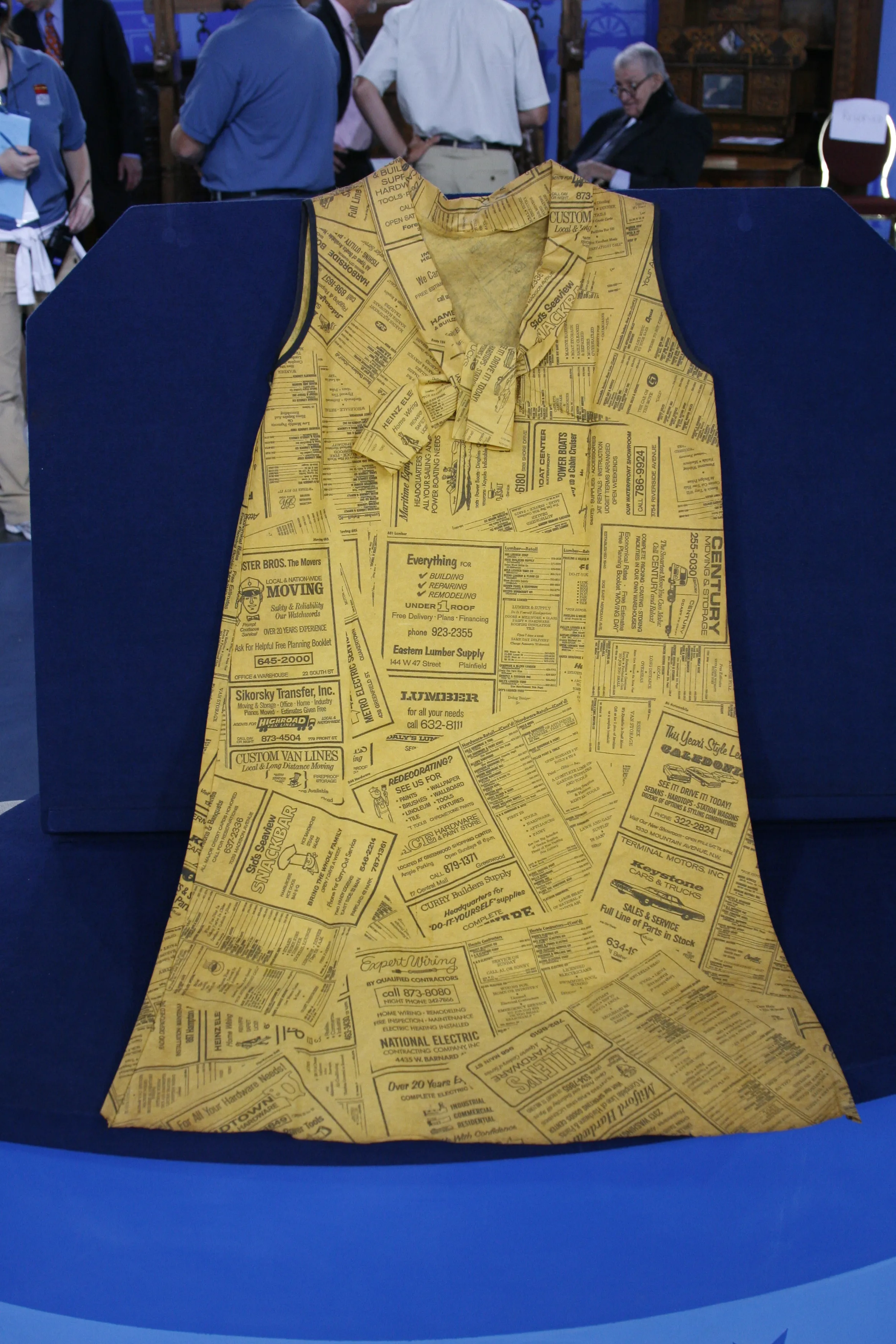GUEST: My father collected primitive art. That's, um, more like island mask. Uh, South Pacific. It's a ceremonial mask. This is a Solomon Island canoe prow.
APPRAISER: Mm-hmm.
GUEST: So they would lash this onto the front of their canoe, and that would be for safe travels and for protection of the, the crew on board. The canoe prow he bought from a dealer. And I think he paid $450 for that.
APPRAISER: Okay.
GUEST: And this is back, late '60s. The Mortlock Island mask, I think he paid $2,000, and he purchased that from the Rose Bowl swap meet. He gave estimates on these from 1999. On this, he had said $75,000 at that time.
APPRAISER: Okay.
GUEST: And on the mask, I believe that was around $12,000.
APPRAISER: Well, first of all, let's do the geography. We are in the Pacific.
GUEST: Yup.
APPRAISER: And if you look at New Guinea...
GUEST: Right.
APPRAISER: This piece is also in Melanesia and is way to the east of New Guinea.
GUEST: Mm-hmm.
APPRAISER: This is in Micronesia, in the Caroline Islands, which is due north.
GUEST: Got it.
APPRAISER: Of New Guinea. You can see down here on the edges...
GUEST: Yeah.
APPRAISER: and on the nose, the eyes are popped out a little bit, and we have some conditions on the back.
GUEST: Right.
APPRAISER: That in itself does hurt the value a little bit, but it also tells us that it's probably been used.
GUEST: Right.
APPRAISER: So in that sense, it's good. The same thing on the Solomon Islands. If you look at the raised surfaces, there is a patina of handling.
GUEST: Yeah.
APPRAISER: This is a decorative prow that's on the front of a fishing or a hunting canoe. Some of the research indicates that these things could be displayed prominently when they were returning from a hunting party to indicate that everyone was safe.
GUEST: Got it.
APPRAISER: Whether that's true or not, I don't know. I've done a lot of reproductions on this show. I can tell you that this is not a reproduction.
GUEST: Thank you.
APPRAISER: Stylistically, the painting is a little bit baroque. We're looking at a 19th-century mask, somewhere between 1875 and 1900. The ones that have really sold well, and that is in the six figures...
GUEST: Right.
APPRAISER: Actually are a little bit smaller than this one.
GUEST: Oh!
APPRAISER: This one's 23. Those are in the 19- to 20-inch range.
GUEST: Right.
APPRAISER: Now, the same thing over here on this piece. It's a little bit baroque when you look at the hair style on this.
GUEST: Yeah.
APPRAISER: The way the treatment is on the earrings, the raised surface on the top of the ear and the bottom of the ear. This mask is interesting, because we know that headhunting stopped in the Solomon Islands at the end of the 19th century.
GUEST: Right.
APPRAISER: So clearly, I think the date on this one could be in that same range...
GUEST: Okay.
APPRAISER: Of 1875 to 1900. This object definitely was used...
GUEST: Mm-hmm.
APPRAISER: But it's a later piece.
GUEST: Right.
APPRAISER: So we have to take that into consideration. Masks from Caroline Islands, specifically Mortlock, are extremely rare. What do you think the values are on these pieces now?
GUEST: Starting with my dad's estimate-- that was before 2008, when everything dropped out, but now I know the economy is better, and things are starting to get more collected-- I would expect at least to recapture that level.
APPRAISER: I'm gonna give you values based on what I think an auction would be. This piece here, I would go in, and I would catalogue the Mortlock at $20,000 to $25,000.
GUEST: Okay.
APPRAISER: On this piece, I would go $10,000 to $15,000.
GUEST: Wow.
APPRAISER: Now you should probably insure this for $30,000 to $40,000.
GUEST: Mm-hmm.
APPRAISER: And that one maybe $20,000 to $25,000, Did I answer all your questions?
GUEST: Okay—you did, yes.
APPRAISER: Do you have any more questions?
GUEST: Can you make it higher?

